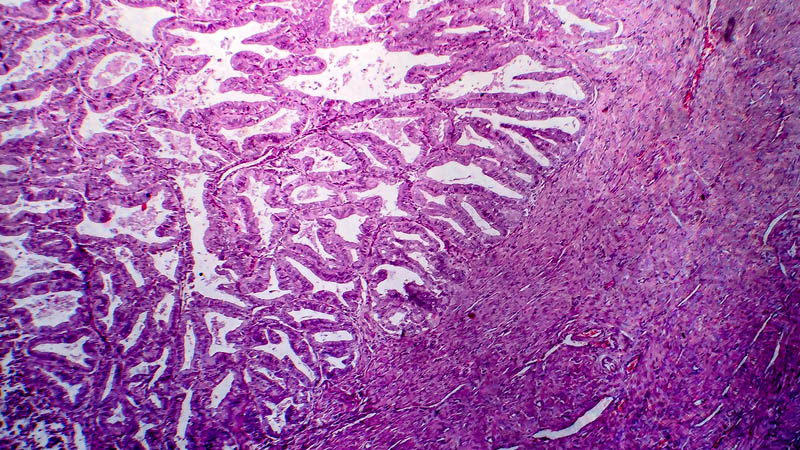Surgical therapy and exenteration for advanced cervical cancer – literature review
Paweł Mach1,2, Kinga Krokowska2, Andrzej Stelmach3, Jerzy Siekiera4, Maria Szymankiewicz5, Beata Śpiewankiewicz6, Zbigniew Kojs7, Krzysztof Koper8, Łukasz Wicherek2,8
 Affiliacja i adres do korespondencji
Affiliacja i adres do korespondencjiWhile the surgical technique of exenteration has been around for 60 years now, recent progress in the development of reconstructive surgery has created new opportunities for gastrointestinal and urinary tract anastomosis. As pre- and postoperative care has improved and indications for the exenteration procedure have became more precise, the outcomes of the treatment for advanced malignant pelvic tumors have also improved. Consequently, the perioperative mortality rate has decreased from the 28% specified by Brunschwig to the present rate of 3%. Moreover, the number of complications resulting from such complex procedures has decreased. Today, postoperative complications are no longer a factor that impacts how eligibility for exenteration is decided. It has been demonstrated that the quality of life of patients subject to exenteration procedure compared to those having palliative chemotherapy is lower in the first months following surgery, but is higher in the long-term follow-up beginning 9 months after the procedure. At the same time, multiple studies have unambiguously demonstrated that the overall five-year survival rate in patients with cervical cancer recurrence after radiation therapy is the longest upon exenteration and, subject to strict following of the indications for the procedure, allows a survival rate of 50% to be exceeded in this group of patients. Since the exenteration procedure is the culmination of a combined treatment, eligibility for such a procedure should entail multiple factors related to the course of treatment and the biology of a given neoplasm and should be decided only by an interdisciplinary team composed of at least a radiation therapist, a gynecologist-oncologist, and a clinical oncologist. Also, surgery of this kind is of a disciplinary nature therefore the procedure should be performed only in a reference site employing gynecologists, oncologists, urologists, and oncological surgeons who have comprehensive surgical experience. Only sites that employ such health care professionals allow for the safe performance of the exenteration procedure.









